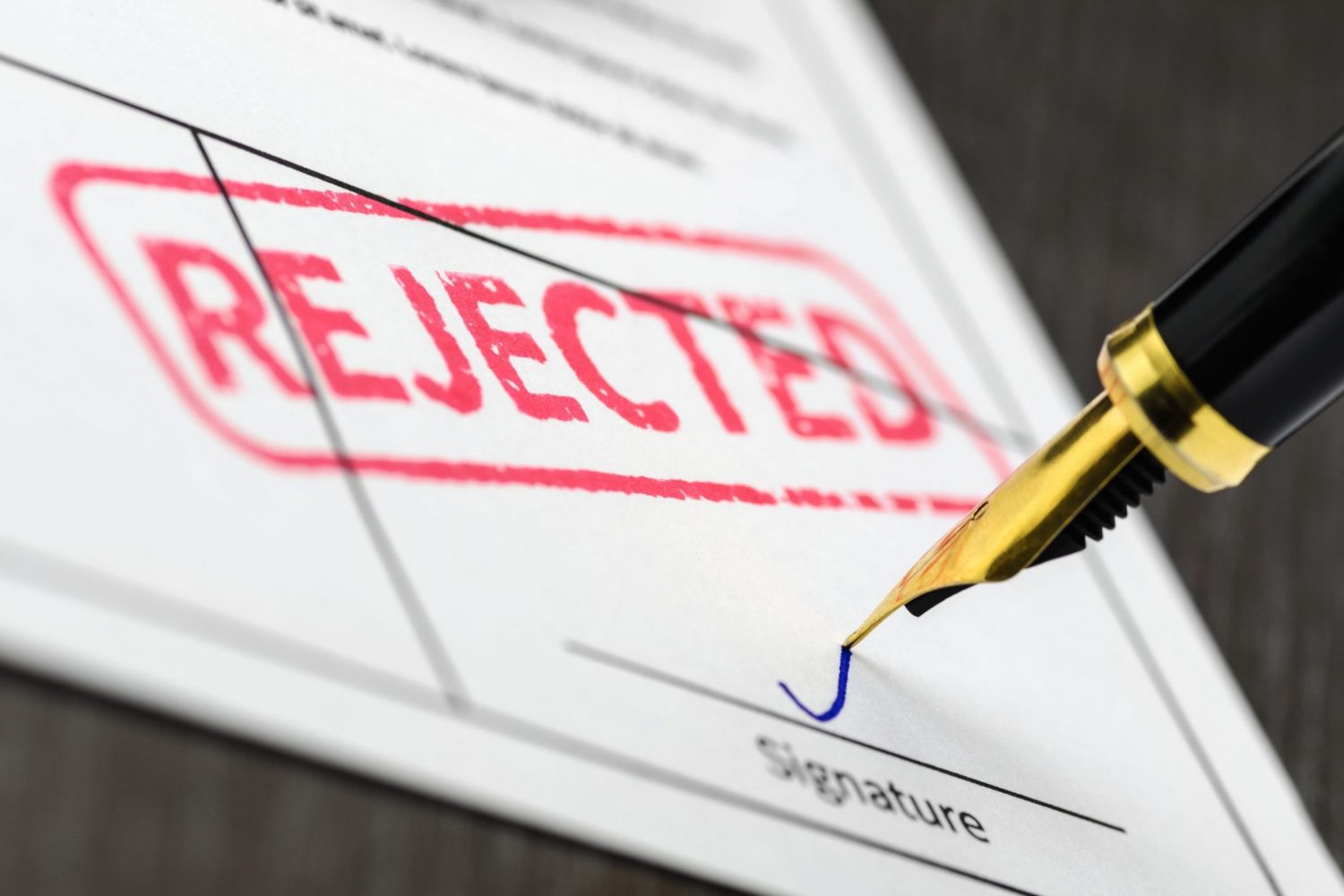Most students who graduate with a bachelor’s or master’s degree have some student loan debt. As of 2019, the average new graduate has almost $30,000 in student loan debt from achieving their degree. Since lenders expect the average loan to be repaid in 10 years, many recent graduates want to find a way to have some or all of their student loan debt forgiven in that time.
There are several programs available through the U.S. Department of Education (DOE) that can help students achieve loan forgiveness. These programs encourage graduates to pursue specific careers in public service.
While low-paying or volunteer positions would not otherwise be desirable, the chance to have tens of thousands of dollars cleared away is appealing. However, getting your debt forgiven has proven more difficult than many expected.
Types of Student Loan Forgiveness Through the Department of Education

Private student loans currently do not offer student loan forgiveness options, but if you have federal student loans, you can work toward forgiveness if you are in a qualifying occupation. Types of student loan forgiveness programs through the DOE include:
- Public Service Loan Forgiveness (PSLF). PSLF became a federal program in 2007, under the College Cost Reduction and Access Act of 2007. It was designed to broaden the public service professions that qualified graduates for loan forgiveness.
Health care, military service, government work, law enforcement, some types of legal work, and teaching all fell into this program. These jobs are typically low-paying, so it is hard for those entering these important professions to pay back their loans in the standard 10-year repayment period. The first recipients of loan forgiveness qualified in 2017. - Teacher Loan Forgiveness. While the PSLF includes teaching as one of the loan forgiveness occupations, there is a specific program for teachers to receive up to $17,500 in loan forgiveness for teaching at a low-income school or educational service agency for five years.
- Programs with other criteria. You can also work toward student loan forgiveness through military service, joining AmeriCorps or the Peace Corps, or meeting medical and nursing school loan forgiveness criteria.
Although many graduates who become teachers pursued the Teacher Loan Forgiveness Program, far more college grads pursued PSLF. Unfortunately, a very small percentage of applicants ended up qualifying for this forgiveness program.
Most PSLF Applicants Are Rejected Every Year
The first PSLF applicants were eligible for forgiveness after working for 10 years, meaning they might receive forgiveness on their loans in 2017. However, the DOE has rejected 99% of PSLF applicants since 2017. That first year, 53,523 applicants were denied forgiveness, and only 661 were granted it. 
Part of the problem, according to reports, involved a lack of funds to forgive so many student loans. To address the issue, Congress set aside an additional $700 million in 2018 to expand the program. However, nearly all applicants were rejected that year, as well.
A lawsuit filed through the Government Accountability Office (GAO) also suggests that the DOE has not appropriately implemented these new funds from Congress and has instead rejected more loan forgiveness applicants. Of the $700 million set aside, only $10.6 million has been reportedly spent on loan forgiveness.
One of the most serious issues with the PSLF was that it was not explained clearly to potential applicants. Although graduates have been following the rules as they understand them, most PSLF applicants have been rejected because:
- They did not have the right type of federal student loan
- They did not provide enough information or had missing information
- They signed up for the wrong type of payment plan
- They did not make 120 qualifying payments
- They worked for an employer who did not qualify, even if their profession did
Congress offered a potential fix to those who were on the wrong loan repayment plan, allowing them to switch and reapply to the PSLF program the following year. However, 71% of those applicants were rejected again, in part because they did not switch their payment plan.
Why Are So Many PSLF Applicants Rejected?
Many participants also failed to fill out the employer certification form (ECF) each year. The PSLF report from June 2019 found that almost 2.4 million of these forms were submitted. It broke down like this:
- About 62% were government workers
- About 38% were 501(c)(3) nonprofit workers
- None reported other nonprofit jobs
While about 25% of public service workers could theoretically qualify for PSLF forgiveness, the DOE has found several problems with applications that lead to continual rejections. They report that the plan is convoluted, which led to numerous mistakes among the hundreds of thousands of applications they received.
These were the most common causes of rejection:
- Did not make enough qualifying payments: 55%
- Had missing information: 24%
- Had ineligible loans: 15%
- Did not have correct employment date information: 2%
- Reported ineligible employers: 2%
Among those rejected from the Temporary Expanded PSLF (TEPSLF) passed by Congress in 2018, these reasons were cited:
- Had not been repaying over 10 years: 35%
- Did not meet the TEPSLF requirements for paying in the last 12 months: 20%
- Did not have eligible loans: 15%
Getting on the right repayment plan was a huge part of the problem. Among approved applications:
- 90% had income-driven repayment plans (income-based, income-contingent, PAYE, or REPAYE)
- 5% had fixed payment, extended term
- 2% had standard repayment
- 3% reported other types of repayment plans
Understand PSLF and Other Loan Payment Options
If you intend to work in public service, talk to your college’s student financial services office about the PSLF program or other loan forgiveness programs you might qualify for. With so many applications rejected due to misunderstandings about payment plans, payment timing, and necessary employer information, you must be sure you understand each step of the process.
Since PSLF takes 10 years, consider if your future career provides an income that allows you to simply stick to the standard repayment plan and pay off your loans on your own.

